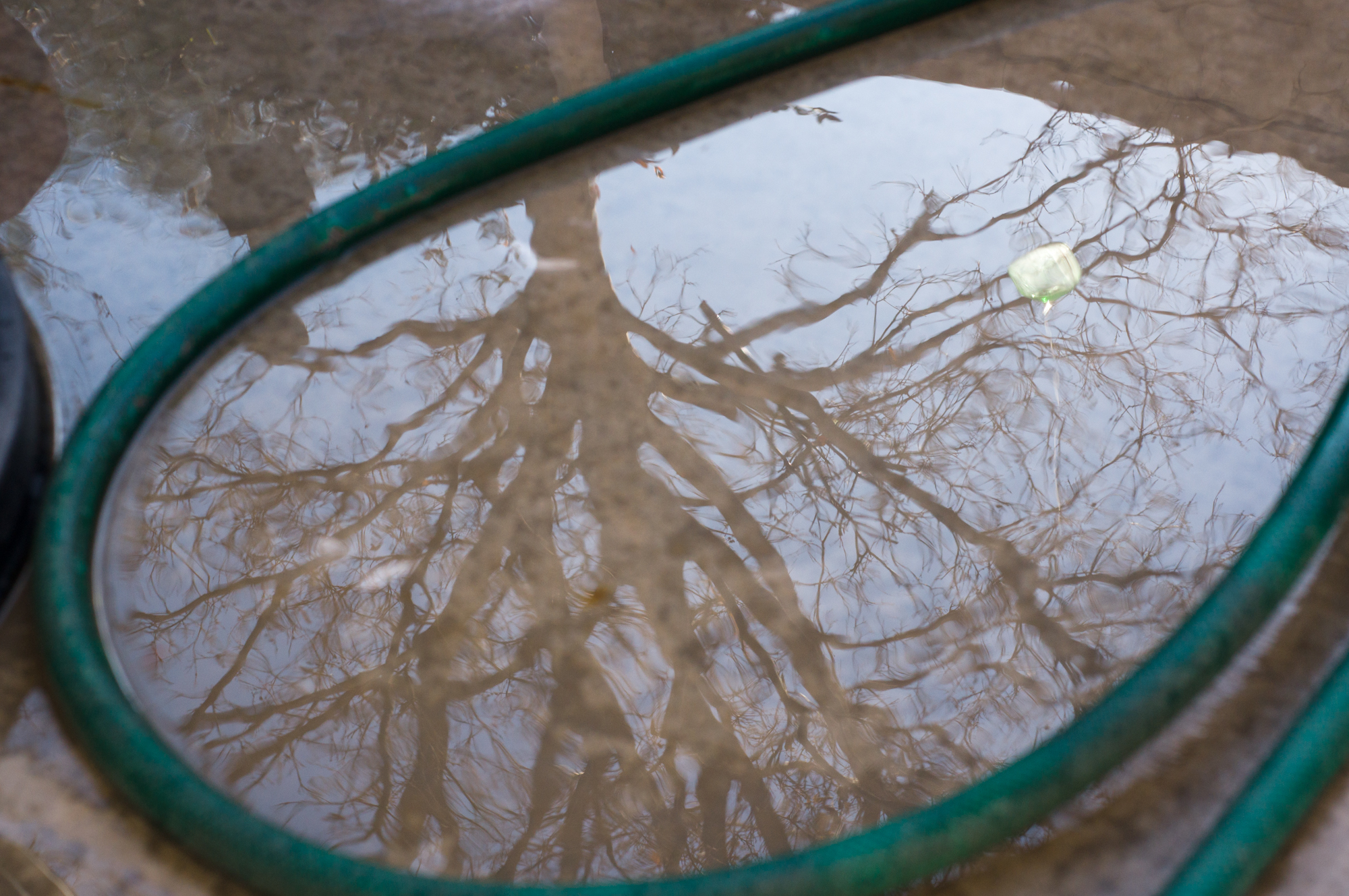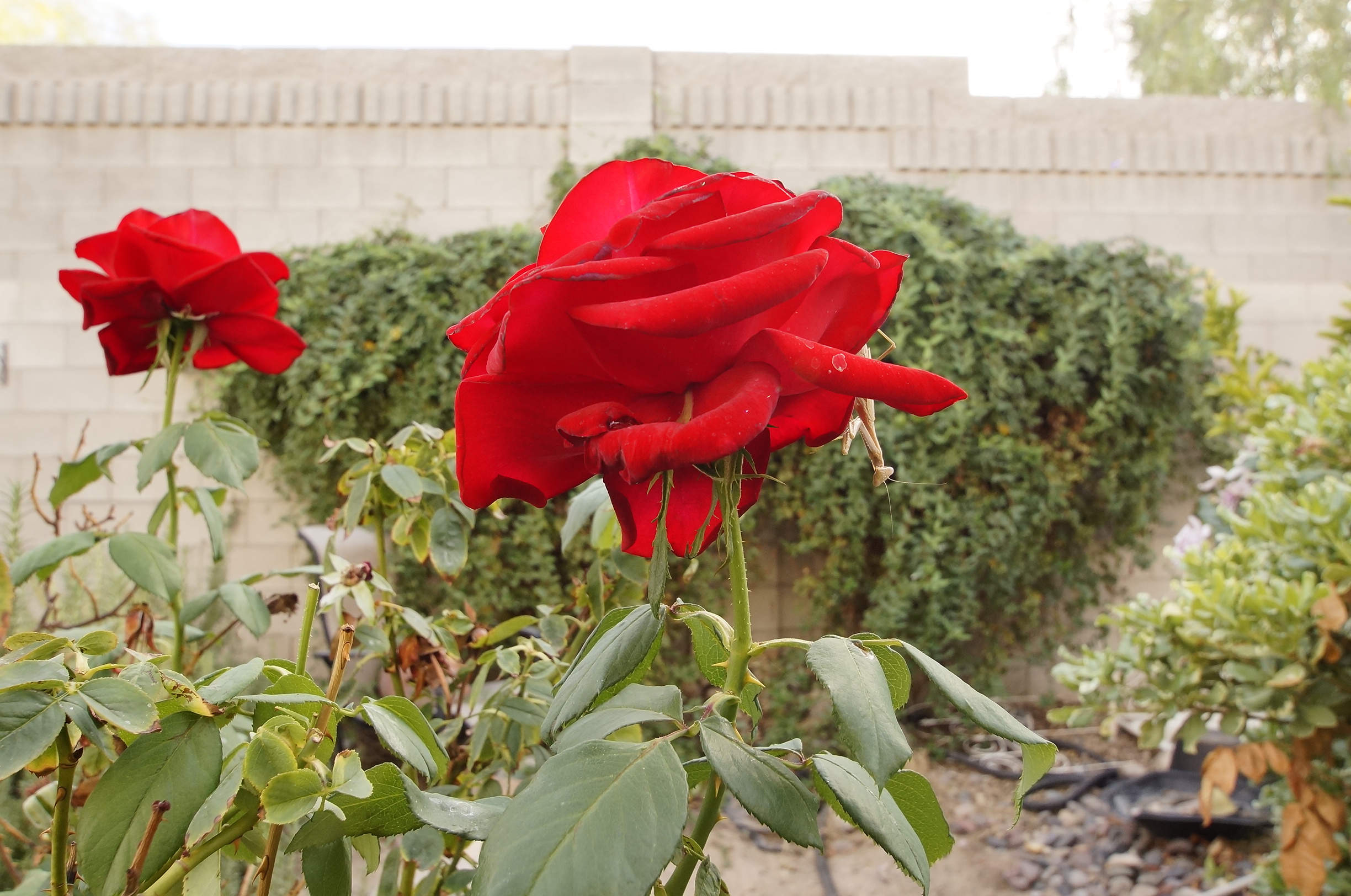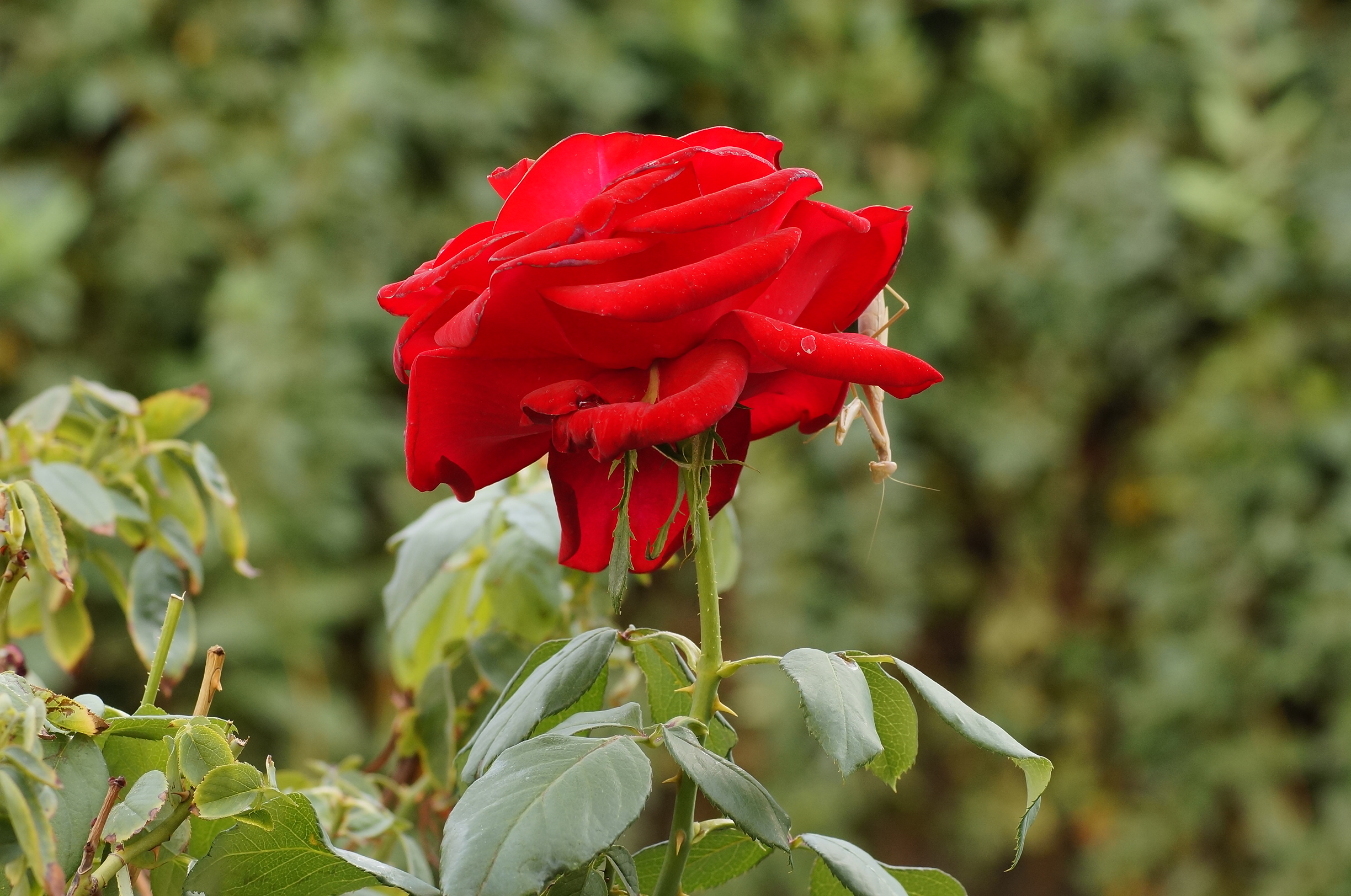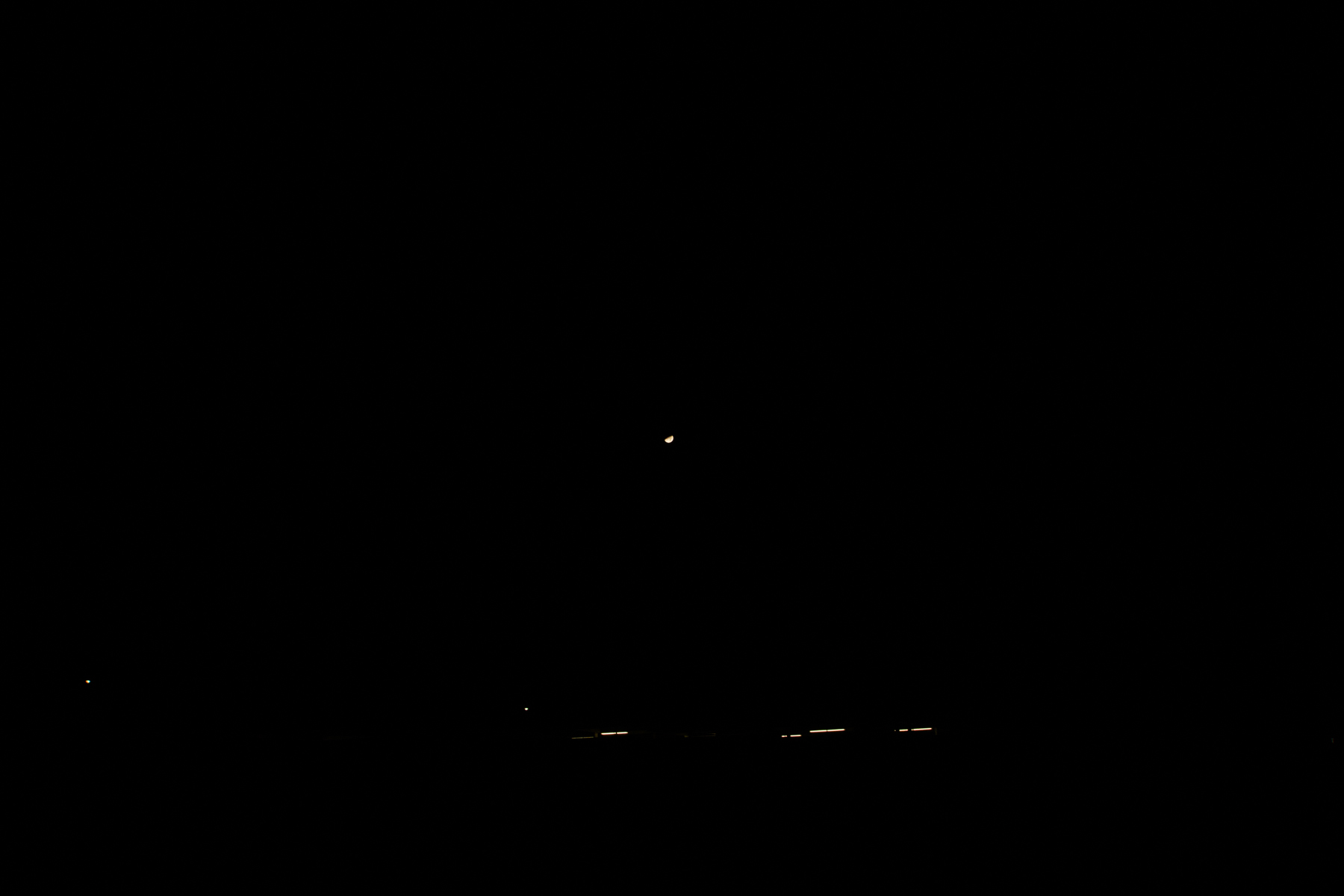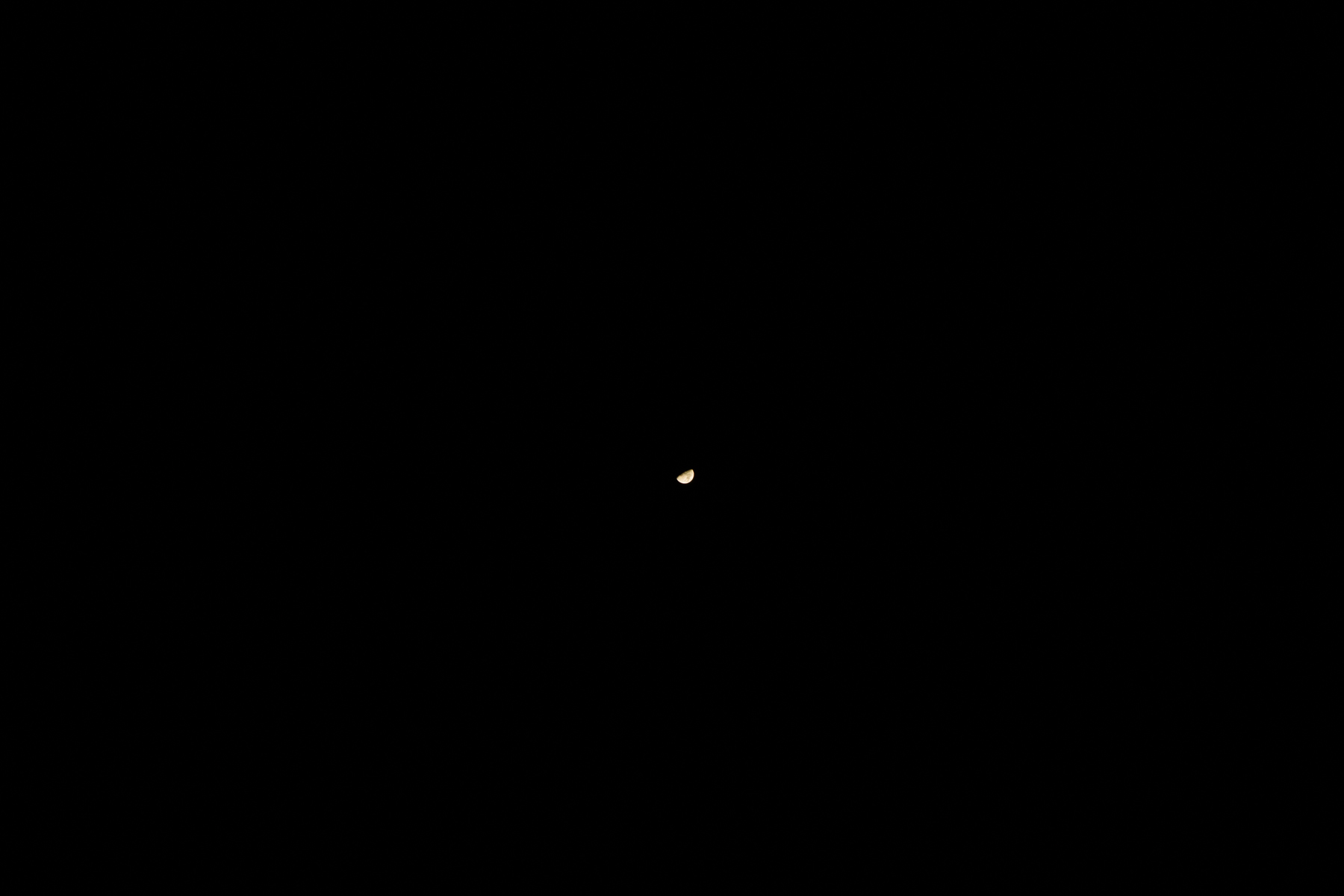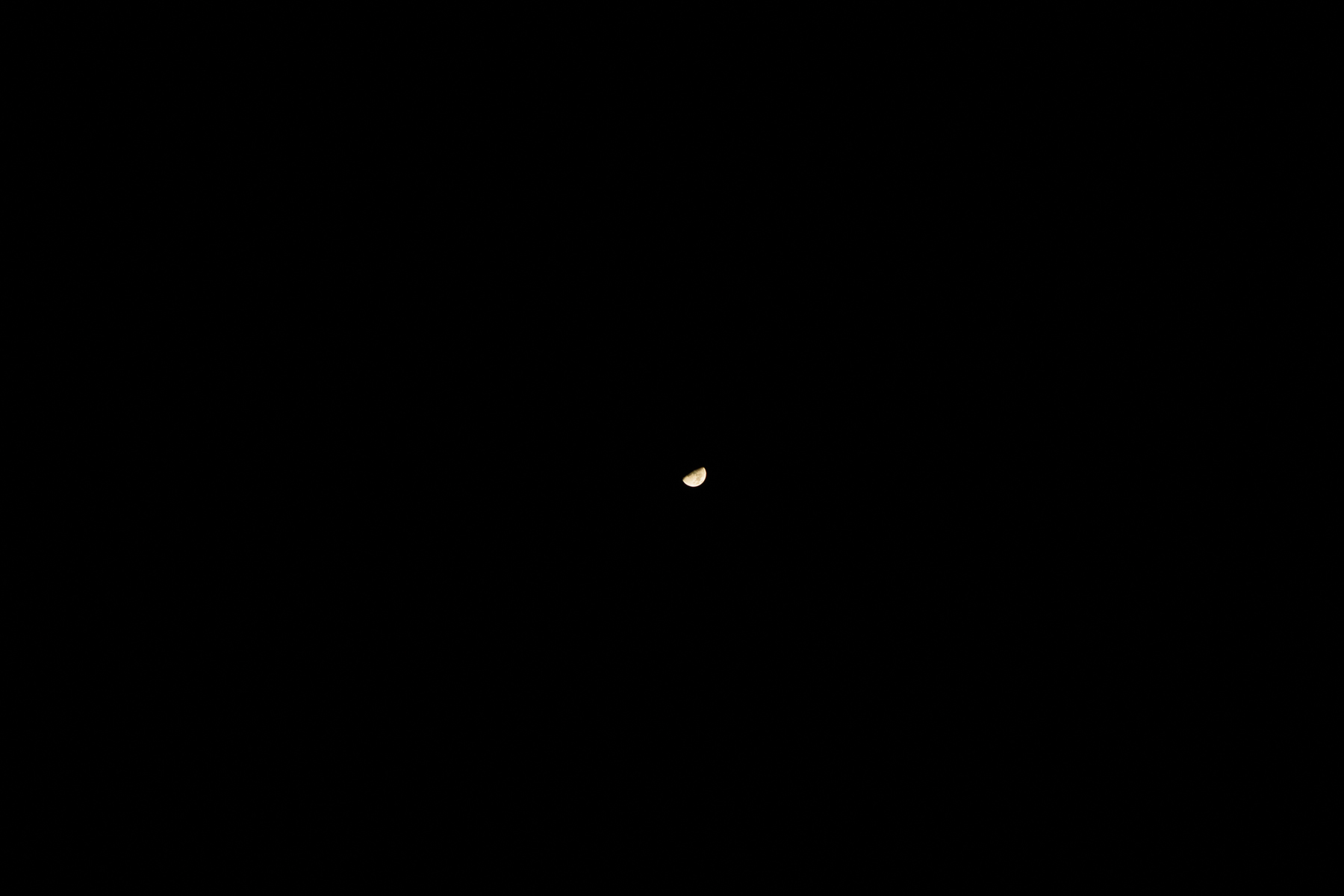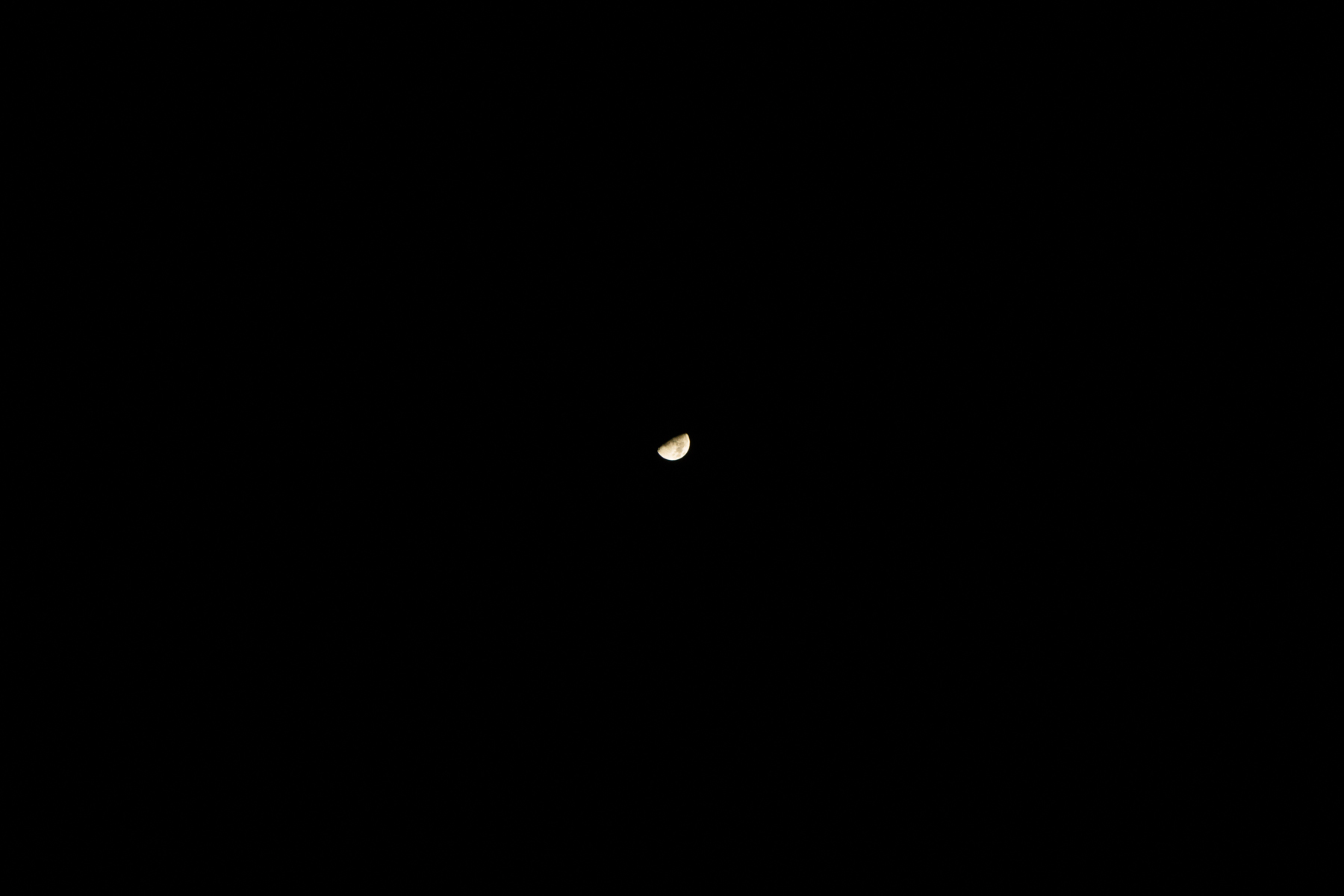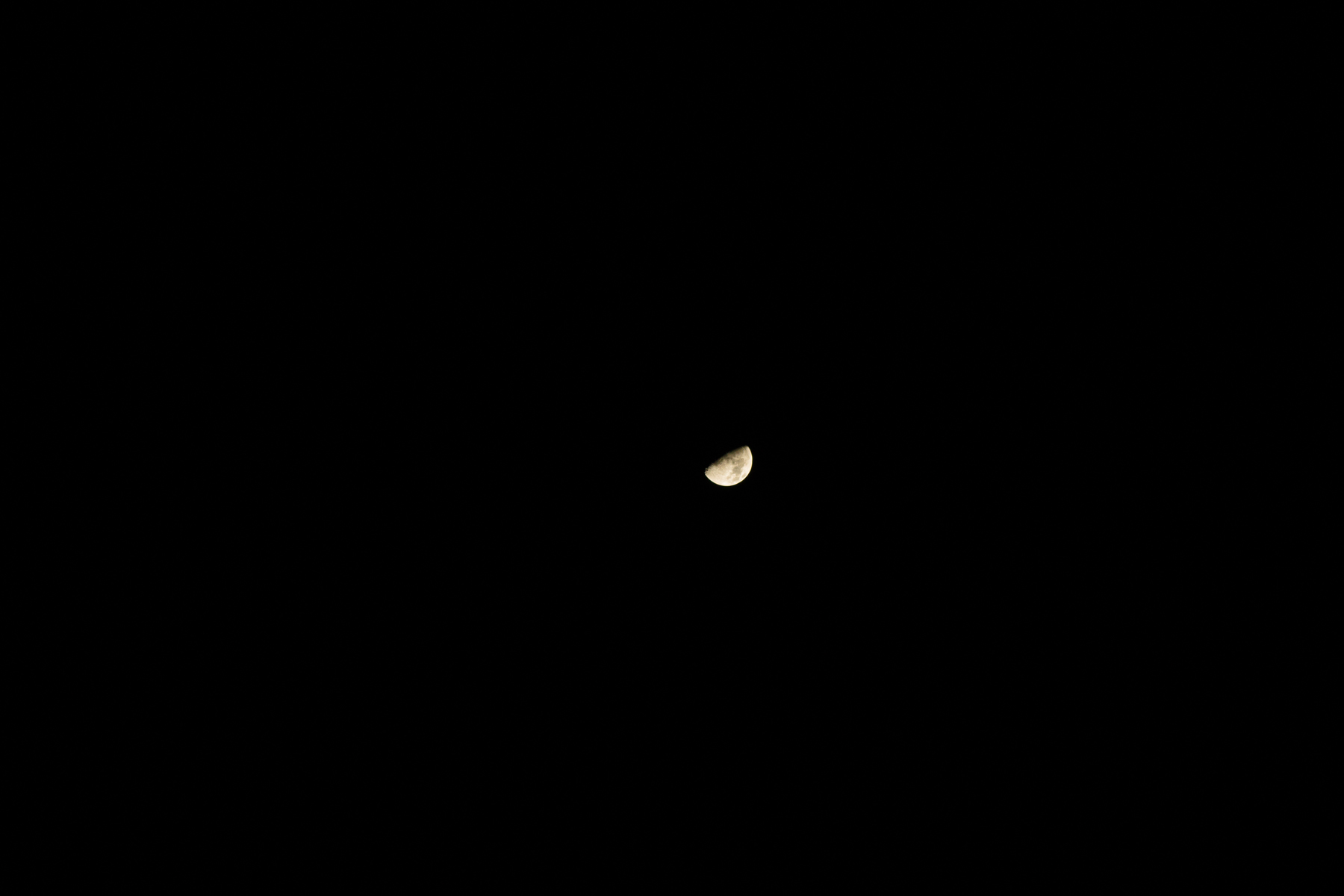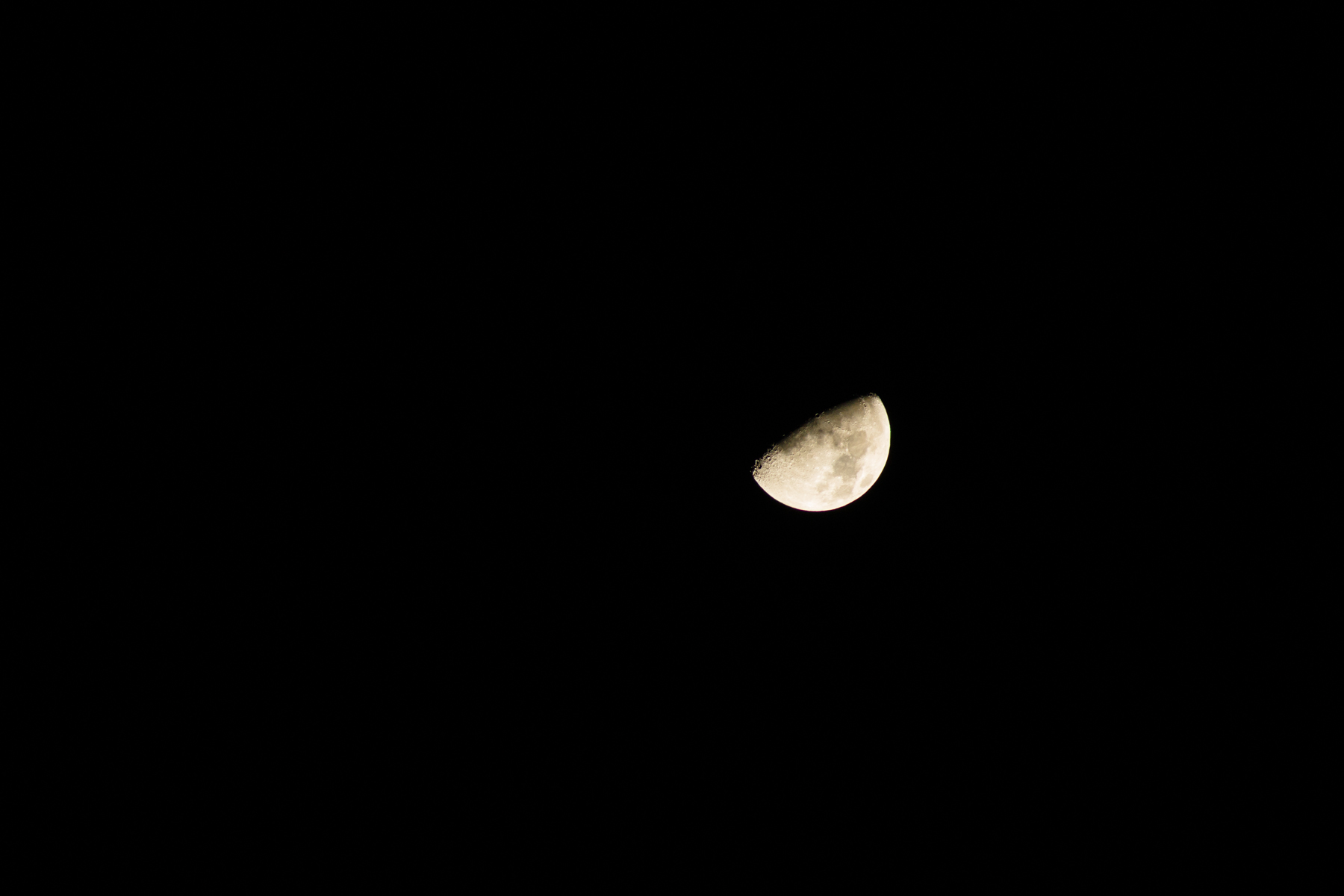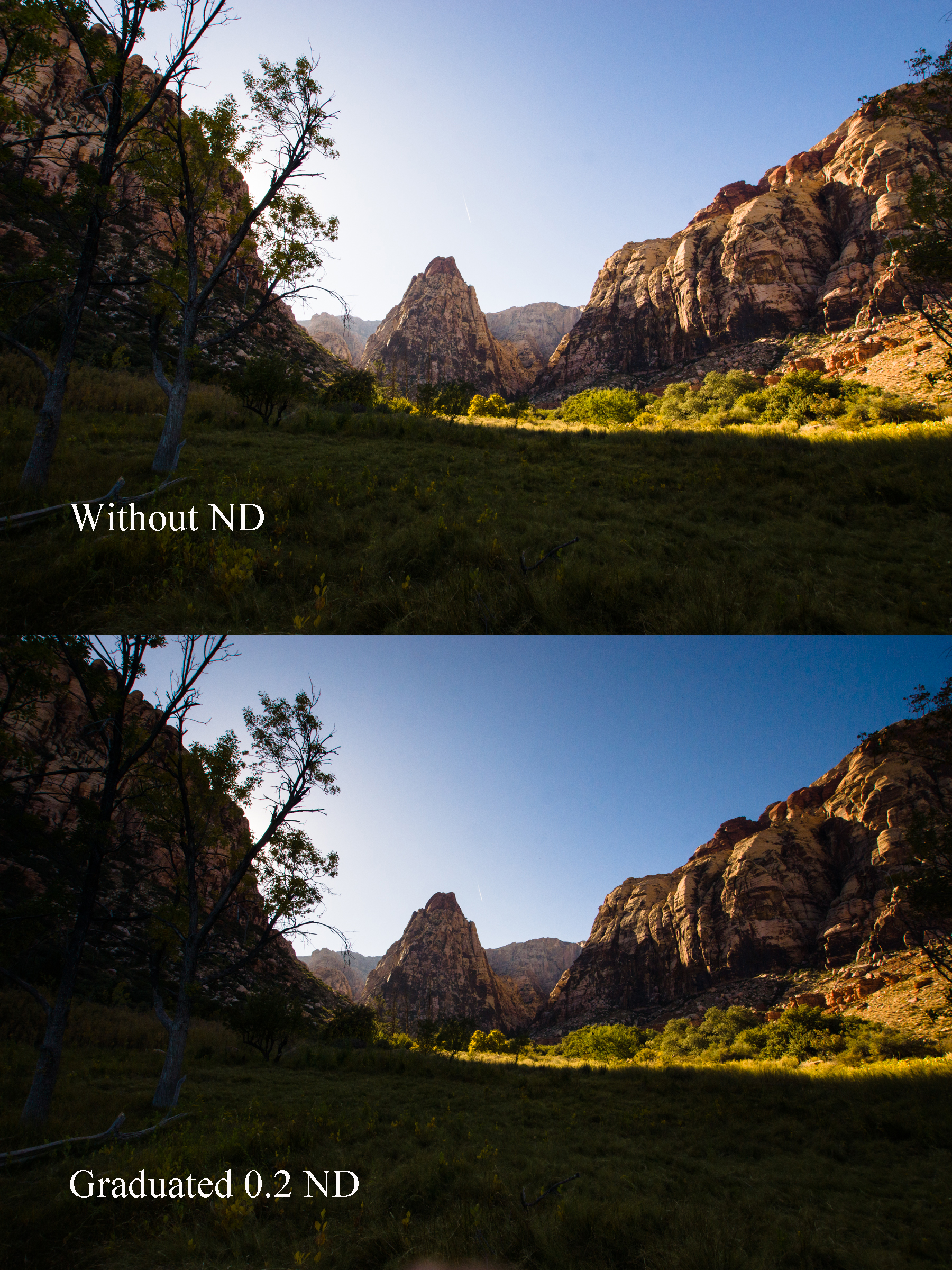Good morning,
Again it has been a while and I appreciate your patience.
I am sure that all of us has experienced it we see someone else with something that is better or newer or different than what we are using and there is that moment of “I wish I had that” or “If I had that lens/camera/flash/program I could capture/make that image.” I currently have it in regards to my friend Drew. His camera is tech from 2017 and my newest is from 2012. Now this doesn’t mean that his camera takes better pictures than mine is just means it is newer. Mind you I still would like a newer camera and it will happen eventually. There are advantages on both sides. Newer has better ISO capabilities, lighter, better battery, newer tech. The downside is I would have to buy new editing programs and new lenses or an adapter if I want to use my current lenses, I would need to learn a new camera as well.
Taken with my A77 (2011) on the way to meet up with Drew and his A7RIII (2017)
The main point here is that sure there is always going to be newer or better gear than what we have unless you can buy the newest greatest thing every few months. Sometimes new things are needed other times the gains are minimal and not worth the cost. I say wait until you have outgrown what you currently have then get the new thing that is out. There are photographers out there that are making exceptional photographs with 35mm film. That from the 1900s. The first patent for a 35mm camera was in 1908. So currently I will stick with what I have any quietly envy other peoples’ newer equipment while at the same time honing my own skills by finding work arounds with what I have.
~Scott


